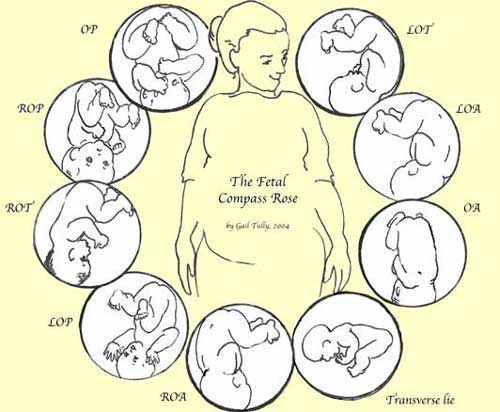Dr. Karp believes that babies, especially in their first few months of life, can experience "fourth trimester" issues. Babies can have a difficult time getting used to the huge amount of stimuli present in life outside of Mom's body. Their reaction to all of this is to cry and cry.
The Happiest Baby On The Block method formulated by Dr. Harvey Karp, addresses these issues by helping we learn how to effectively recreate the environment of the womb, outside of Mom's body. Once you have learned the steps, you will be able to alleviate some, if not all, of your baby's colic symptoms.

According to DR.Harvey there are 4 principles for soothing baby:
- The missing 4th trimester
- The calming reflex
- The 5 S's
- The cuddle cure
What is the missing 4th trimester?
Baby horses can walk and even run on their very first day of life. They are truly ready to be born when they leave their mother's womb. By comparison, our newborns are more like fetuses than infants. They have irregular breathing, tremors…and even need help to burp. It is only after 2-3 months that they smile, coo and finally seem ready to be here.
Our babies don't have big strong bodies, like horses, but they do have big brains. In fact, they are so big, at 9 months giving birth is an almost impossible squeeze. A dilated cervix is 10 centimeters in diameter (31.4 cm circumference) while a newborn's head has a circumference of 34-35 cm. Our big-brained babies have to come out after 9 months gestation; however, in many ways, they could really use a few more months of the stimulation of the uterus.
In the womb, fetuses are constantly massaged by the muscular walls of the uterus, frequently jiggled and 24/7 they are surrounded by the crash of blood whooshing through the placental arteries (a noise that is louder than a vacuum cleaner!).
Most parents around the world intuitively mimic the rocking, holding and shushing of the uterus, but in our culture, we are mistakenly taught to whisper and tiptoe around our babies, believing that they need a quiet and still environment. Nothing could be further from the truth! Rather than being over-stimulated, most of our babies are seriously under-stimulated.
Recreating the sensory milieu of the womb is so important for newborns, not because they are nostalgic for the "good life" they had inside, but because it actually triggers an important, but previously unappreciated neonatal reflex, called the calming reflex.
Conclusion : What is it like inside the womb?
- baby packed tight into a fetal position with the warm wall of uterus
- rocked and jiggled for much of the day
- surrounded by a constant shushing sound slightly louder than a vacuum cleaner

No comments:
Post a Comment